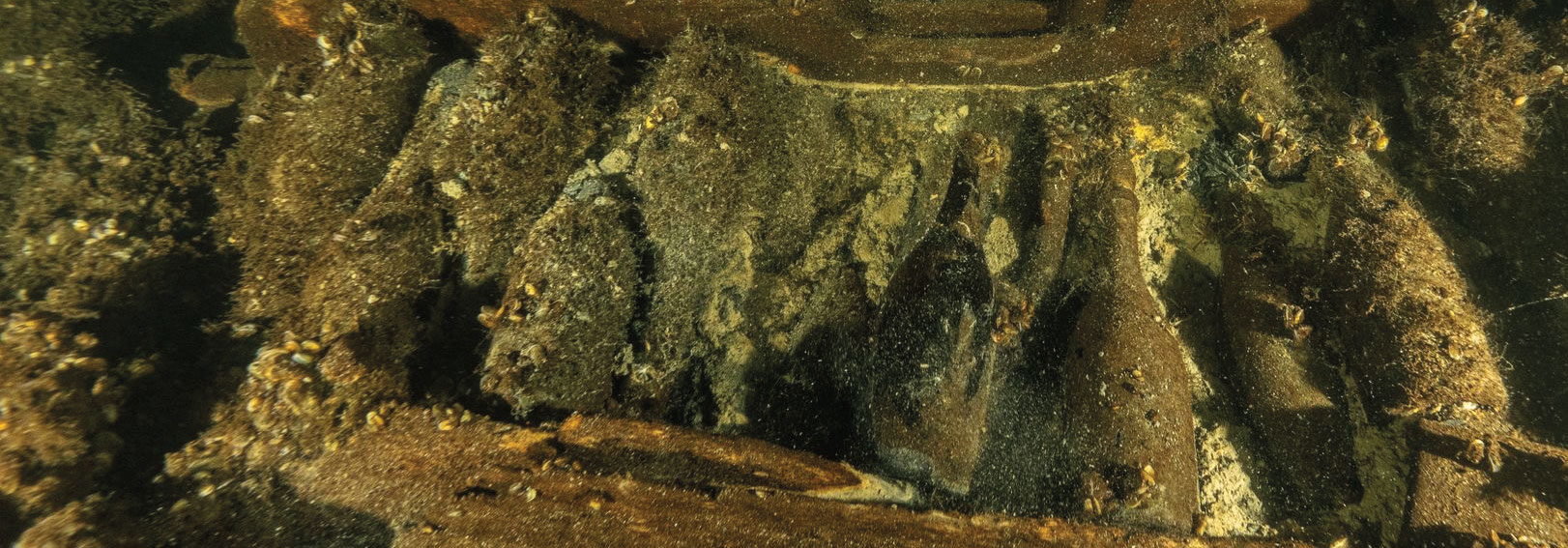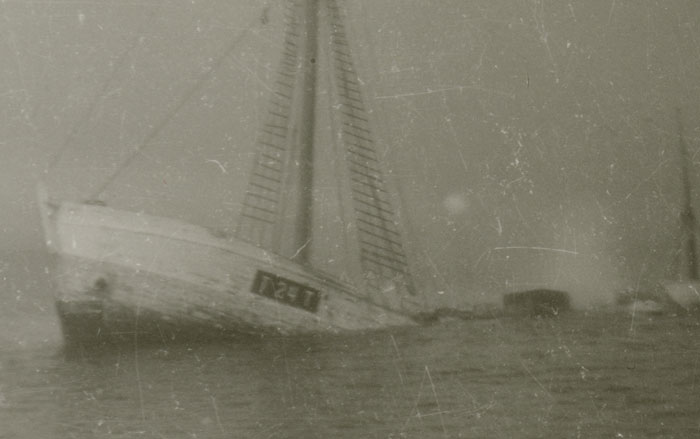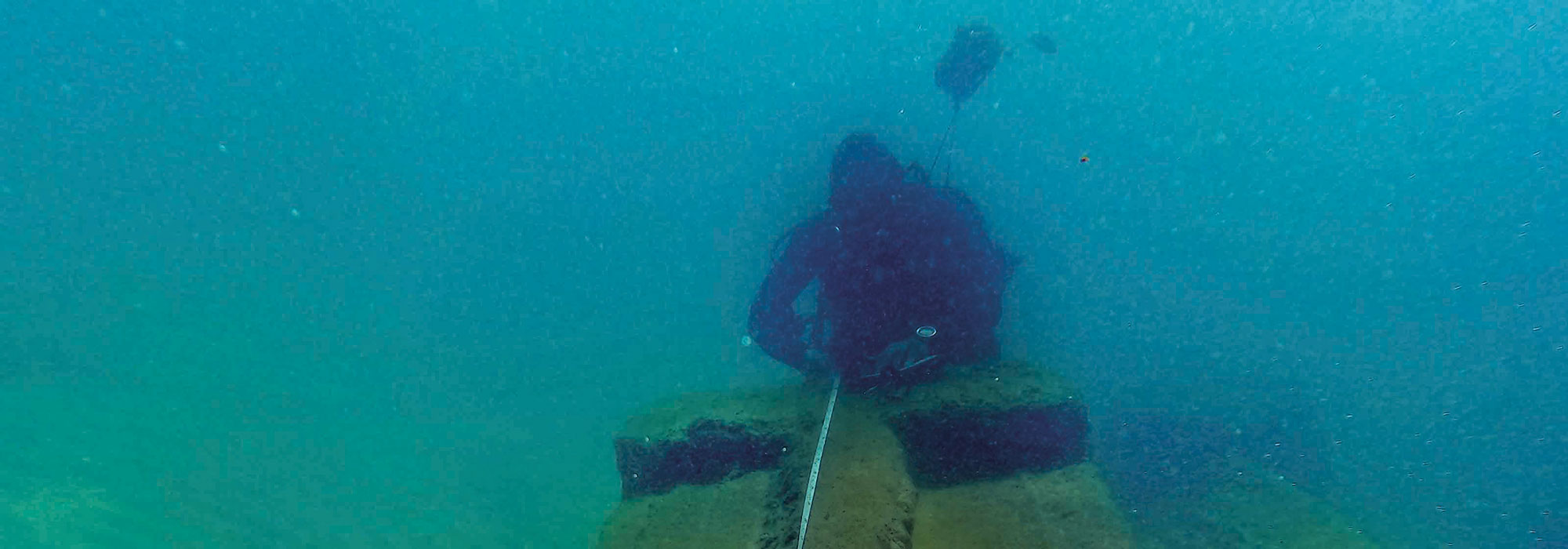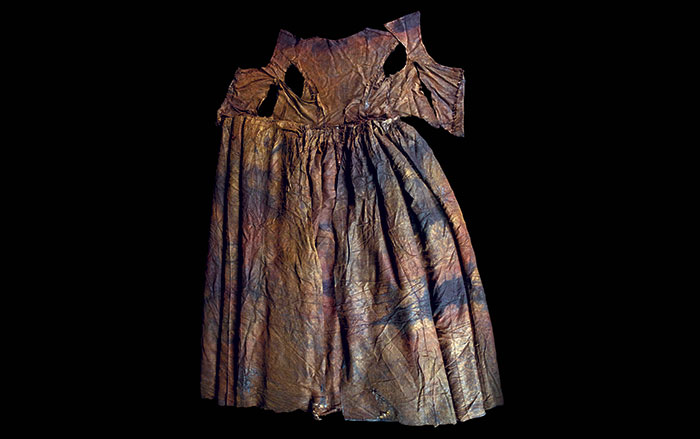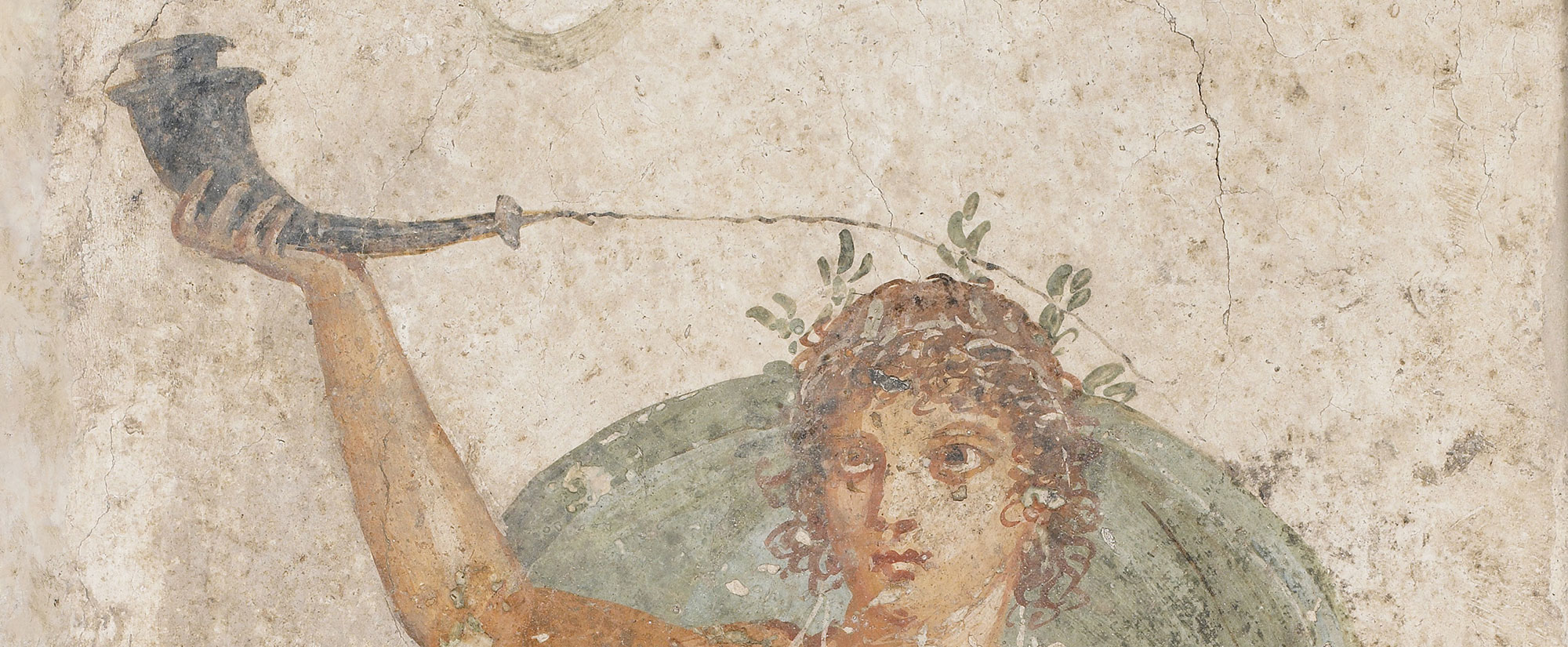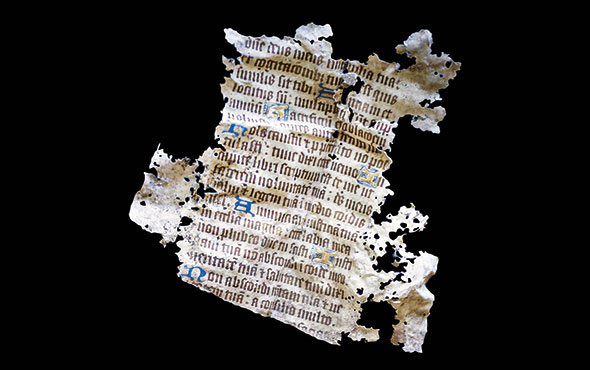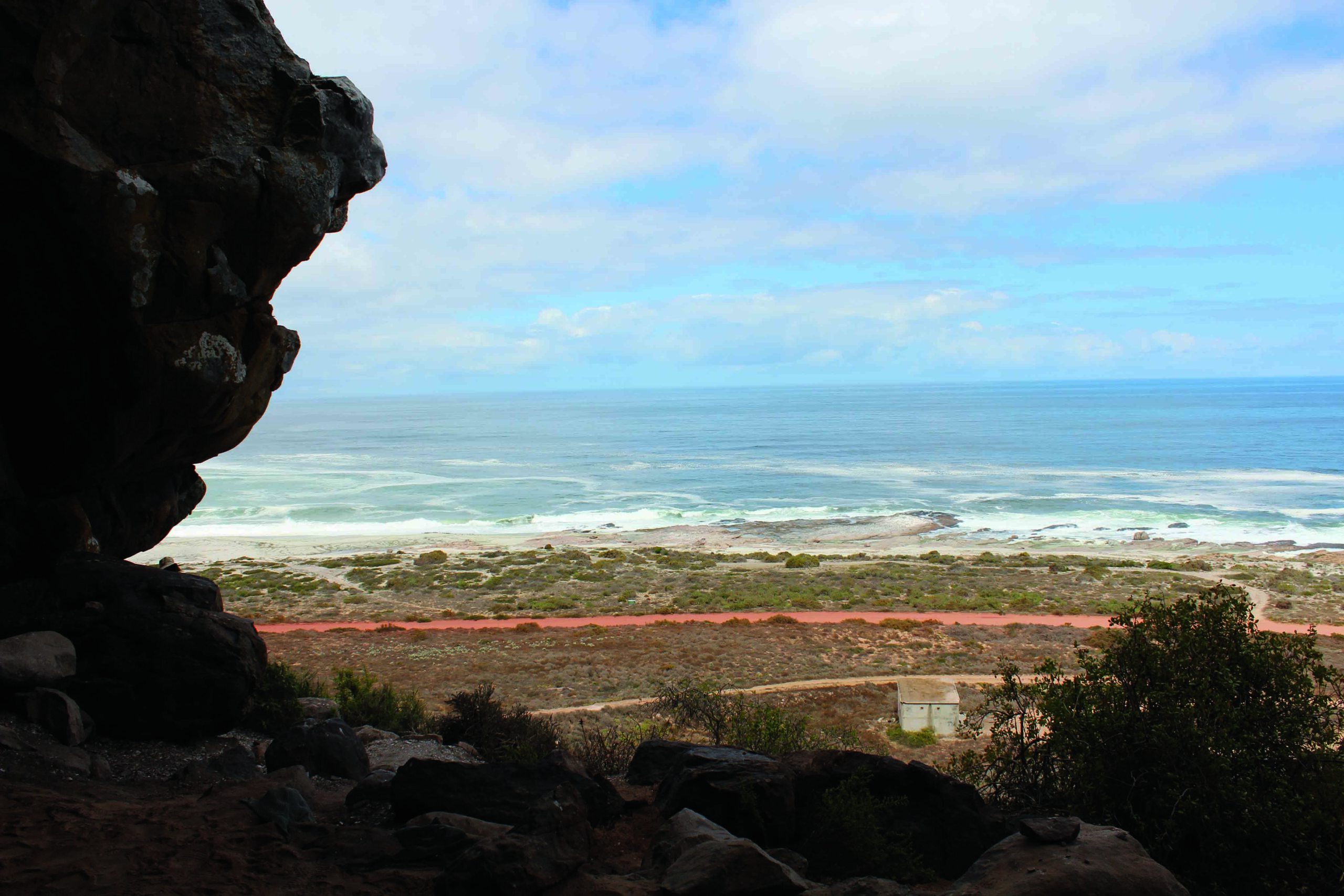
CHAMPAIGN, ILLINOIS—BBC News reports that an international team of researchers led by Alida de Flamingh of the University of Illinois at Urbana-Champaign was able to reconstruct complete mitochondrial genomes for 17 distinct elephant herds with samples taken from 100 tusks recovered from the Bom Jesus, a Portuguese trading vessel that sank in 1533 while on a voyage to India. The shipwreck was discovered in cold water off the coast of Namibia in 2008. The tusks were so well preserved, de Flamingh explained, that the scientists were also able to determine through chemical analysis that the animals had lived in a mixed forest habitat. Archaeologist Ashley Coutu of the University of Oxford added that only four of the mitochondrial genomes, which are passed along the maternal line, have been detected in living elephant herds today. “That was quite shocking—that loss of diversity,” Coutu said. “Next we’d really like to fill in those gaps in a chronological way. We can look at where these pinch points are in history and create a timeline of exactly how and when the huge trade in ivory had an impact.” In addition to ivory, archaeologists recovered copper ingots, gold and silver coins, cutlery, dinnerware, and the sailors’ personal items from the wreckage of the Bom Jesus. To read about elephant species that were used in ancient warfare, go to "Clash of the War Elephants."


